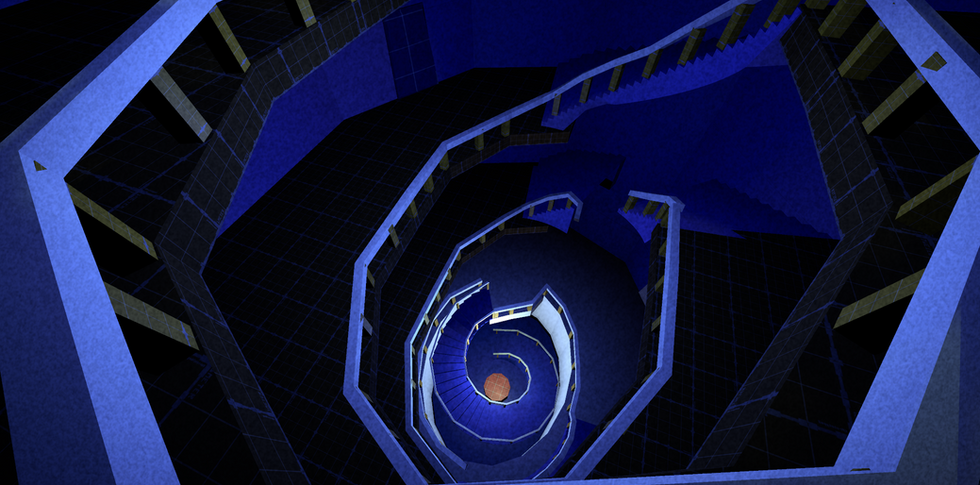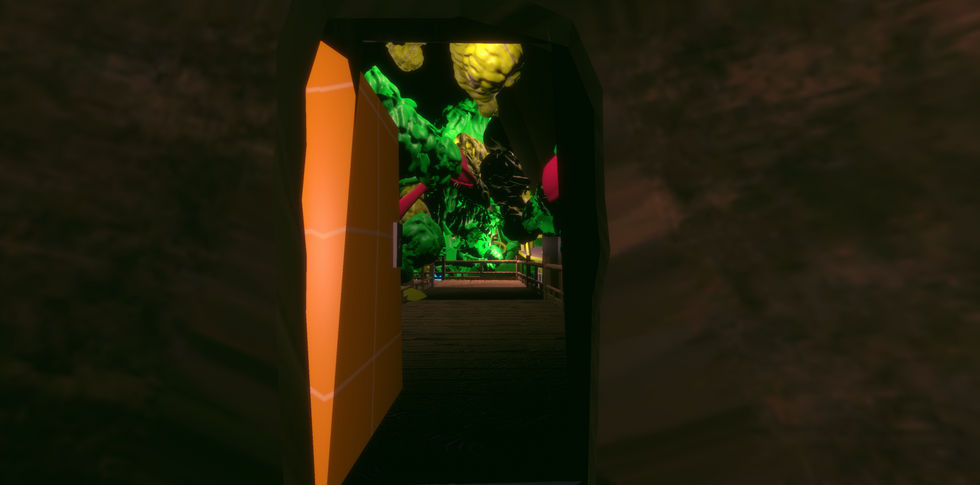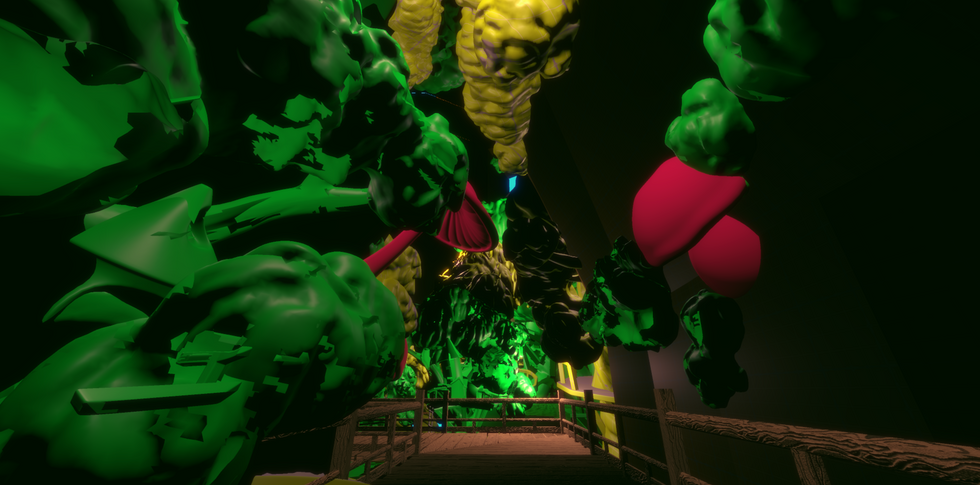Felix Faeh
Level Designer
(Design Prototype)
The Secret Door
Introduction
The Secret Door is a 3D adventure game prototype in which the player uses the "rift mechanic": An action that allows the player to open and enter a portal into another world.
The Player's goal is to escape and obtain their freedom. At the start of the game, the player is a trapped within the "Asylum", but by creating their first rift, the player is able to flee into a second reality, known as the "Dream Space". These realities could not be further apart, with the dream space being an enchanted outdoor forest, with soft glows and warm temperatures, whilst the asylum appears cold, oppressive and claustrophobic.
This escape into one reality is however no permanent solution, as the player may find their paths blocked in both realities at certain junctions and must return to the former. The player may use the rift mechanic at a whim almost all time, as they will often be switching between these two realities, in order to solve puzzles and progress, but also to explore the different states of realities.
One of the many threats the player will face in their path, will be a reality-devouring monster, that stalks the asylum world, hunting them and adding a horror element of suspense. It also serves to create a feeling of unease for the player, that feeds into the narrative of the asylum world.
Type: First Person Single Player Puzzle

Core Mechanic: Creating a Rift
From a technical design standpoint, the rift itself is merely a "plane" object with a camera projection material updating in real time from within the other environment. The player can choose to place and rotate the rift, then confirm. After which the rift will expand and slice through the environment. By hitting a bounding box close to the plane, the player location will then be set into the environment, which is found within the same game scene. To make this interaction feel seamless, a lot of detail will be allocated in the flow of the interaction, visuals and audio.
Level Design & Blockout
There are a few challenges to be met, when trying to create two distinct environments within the same scene. Not being able to have two different global lightings is solved by simply having one world be indoor for its entirety (The "Asylum" reality) and the other is having a sky box (The "Dream Space" reality) to help create the illusion of different lightings.
Another is carefully considering geometries and how they may overlap or be completely different in two worlds. To this end, each object placed needs a good amount of consideration, as it should always be anticipated that a player will want to create a rift at any time, and they will encounter the change side by side. There are distinct feels to each world, but the geometries must be compatible at all times, in order for the player to use the rift. A lot of non-colliding meshes can be used to create a greater sense or narrower sense of space, while still making the overall game feel between each world feel distinct.


Accommodating Different Types of Players
In order to attract a larger target audience for the "Secret Door", it is designed from the ground up to both be evocative of a humorous walking simulator, as well as a tension-filled horror game. To this end, there are scares and chases that are voluntary and only if the player's curiosity gets the better of them. The game invites the player to at times pursue the exploration of places, even knowing that the monster might cross their paths. If the player is however not interested in these tension-filled moments, they can have a much more relaxed progression, by simply being more cautious, while feeling a sense of outwitting the horror.
The first situation is the reveal of the monster itself. The player will learn through an opening sequence, that the monster is about to break into the door and enter their room. There is no other way to escape except using the rift mechanic and entering into the "dream space", which the monster cannot enter into. However, players never actually see the monster, and by advancing through the "dream space", they may do so to a point, where the monster will even despawn, once it is required to switch back to the asylum in order to progress. If the player is however curious enough to get a peak of the monster, or even wants to get chased by it, they may choose to enter the asylum before they hit mentioned critical point. There is enough time given to help satisfy most of both types of players. This approach allows for many organic and personal moments to occur within a linear level design and for rumors to spread among players.














